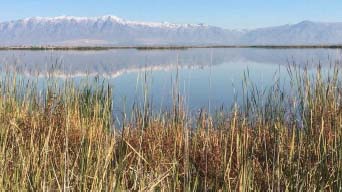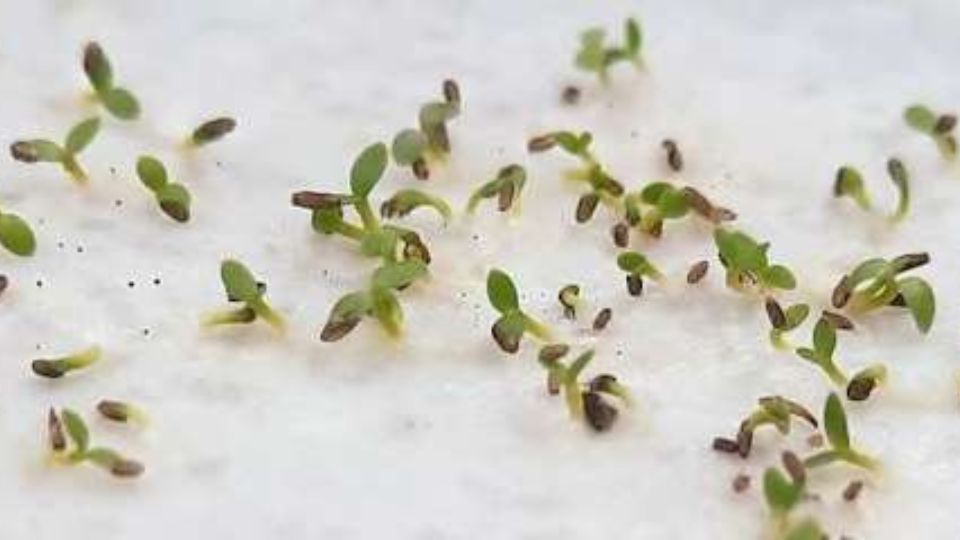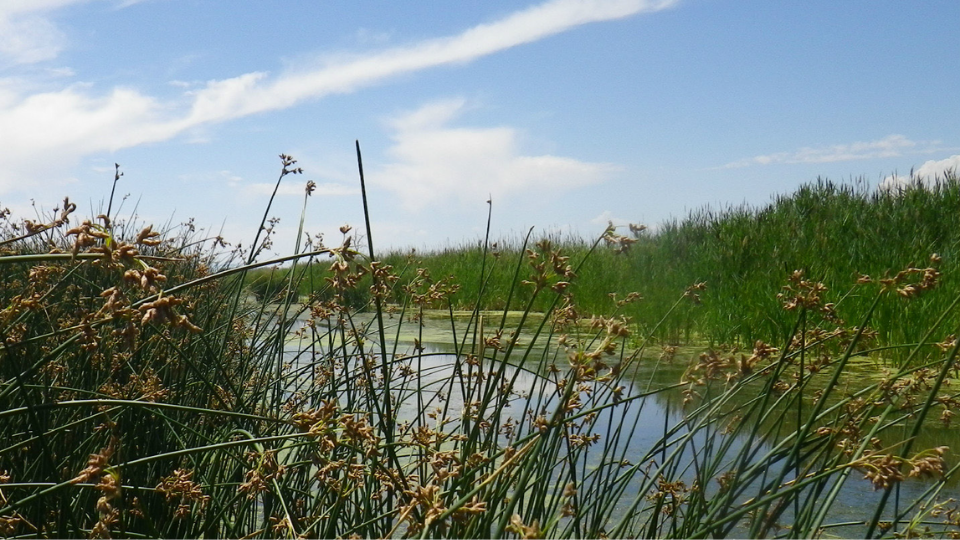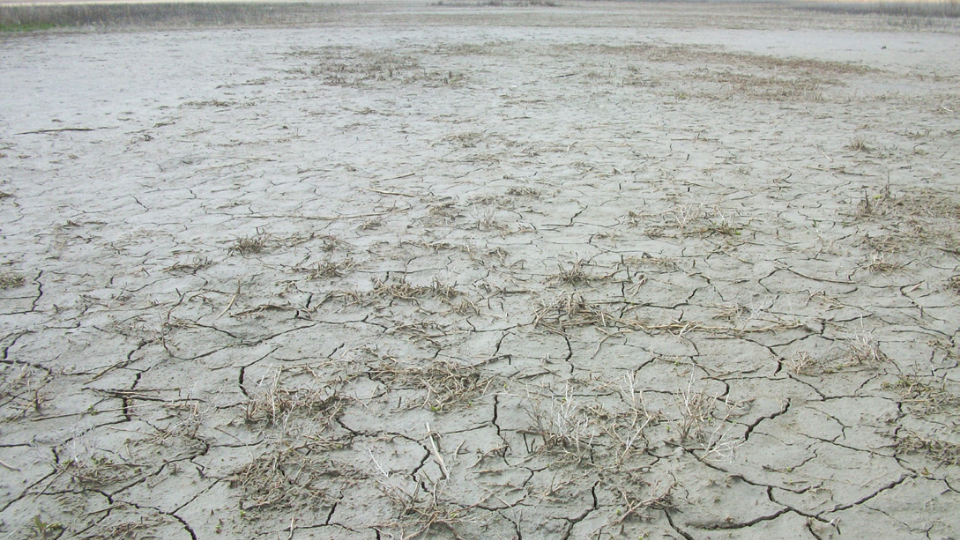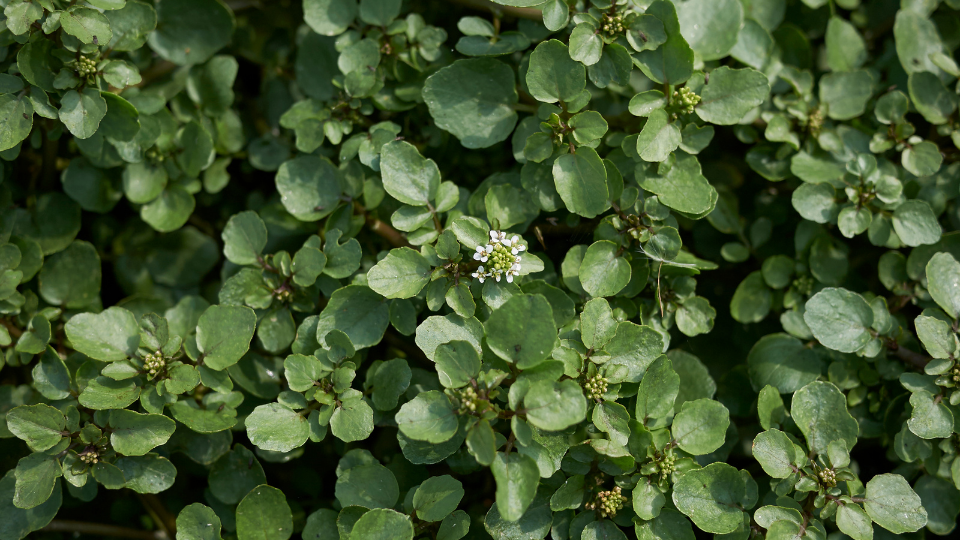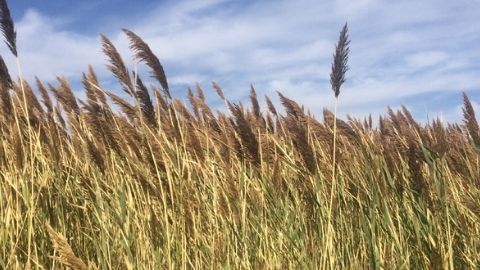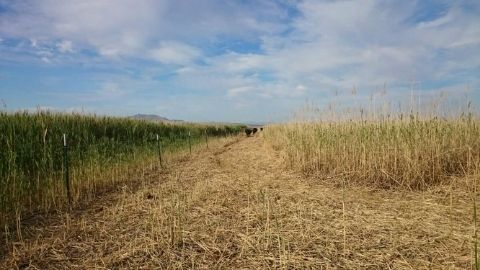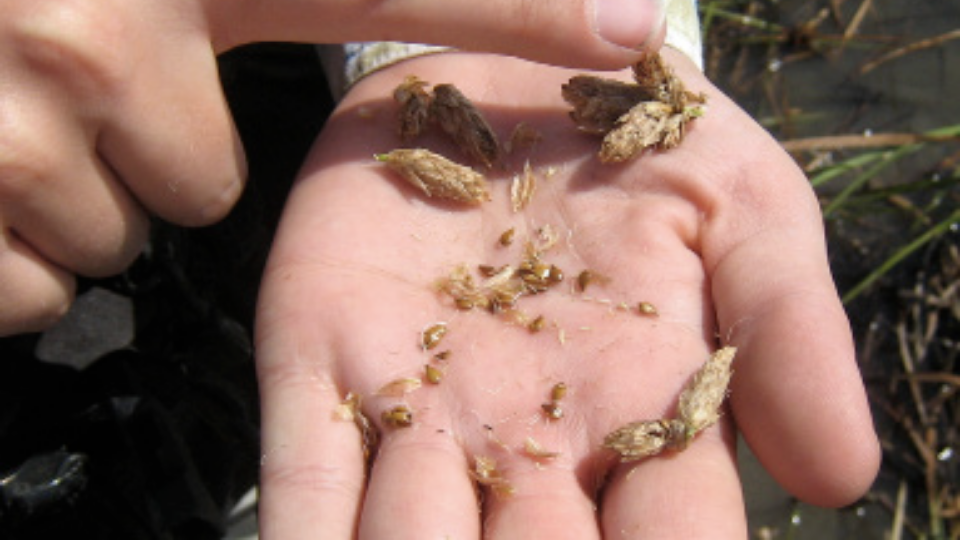Wetlands Research
Native Wetland Plant Seed Collection and Cleaning Guide for the Intermountain West
Collecting and cleaning seeds from wildlands is an essential part of ecosystem restoration, management, and conservation. Here, we summarize best practices for native wetland plant seed collection and cleaning in the Intermountain West.
Seed Viability Testing Guide for Common Wetland Plant Species
Seeds are used in many aspects of plant research as well as in applications such as ecosystem restoration. However, not all seeds are living (i.e., viable). To successfully work with seeds, it is essential to know how many seeds are viable. Seed viability...
Phragmites Control at the Urban/Rural Interface
The non-native version of common reed (Phragmites australis) was introduced to North America from Eurasia in the late 1700s to early 1800s. It is an aggressive, tall, dense wetland grass that crowds out native vegetation. In Utah it has colonized vast acr...
Water Rights for Wetlands in the Bear River Delta
This fact sheet explains the basic premise and functioning of water rights in Utah and how water rights affect wetlands, specifically those in the northern region of the state. It includes the history of Utah water rights and the basic components of prior...
Soils of Great Salt Lake Wetlands: Hydric Indicators and Common Features
Using information in this booklet, the physical features of a wetland soil can be observed to tell a story about a soil’s history, its characteristics, the wetland in which it is found, and the plant life it supports. Hydric soils have unique characterist...
Wetland Plants of Great Salt Lake, A Guide to Identification, Communities, & Bird Habitat
Wetland Plants of Great Salt Lake: a guide to identification, communities, & bird habitat is a wetland plant identification guide, resulting from collaborative research efforts about Great Salt Lake (GSL) wetland conditions and bird habitat.
How to Restore Phragmites-Invaded Wetlands
Phragmites grows in tall, dense stands that shade out native plants. It spreads rapidly and overtakes important habitat for shorebirds and waterfowl, reducing the availability of nesting, loafing, and foraging areas. Phragmites makes large areas of wetlan...
Cattle Grazing for Invasive Phragmites Australis (common reed) Management in Northern Utah Wetlands
This fact sheet provides suggestions for how cattle grazing can be integrated into Phragmites management programs in Northern Utah.
Floating and Submerged Plants of Utah: Pocket Field Guide
Submerged and floating plant species play critical roles in aquatic ecosystems. They provide habitat to aquatic organisms, improve water clarity by trapping sediment, and absorb excess nutrients from the water column, amongst many other vital services. Do...
Seeding the Way: A Guide to Restoring Native Plants in Great Salt Lake Wetlands
From densely vegetated marshes to sparse patches of playa vegetation, native plants of Great Salt Lake drive healthy wetlands. They provide habitat, cover, and food for the many birds, amphibians, insects, and mammals that call these wetlands home. Distur...


 Utah 4-H & Youth
Utah 4-H & Youth